By Anagha Madhan
Often, ballet is seen as the ultimate expression of grace, beauty, and elegance. In fact, if you look up the terms “grace beauty elegance dance” on the internet, a majority of the images that pop up are of ballerinas on stage. However, behind every leap, behind every carefully placed pointe shoe, there is something more raw and innate – something hidden that most never see. Ballet wears its beauty as a mask, concealing the intense discipline, mental fortitude, and continual hard work it demands.
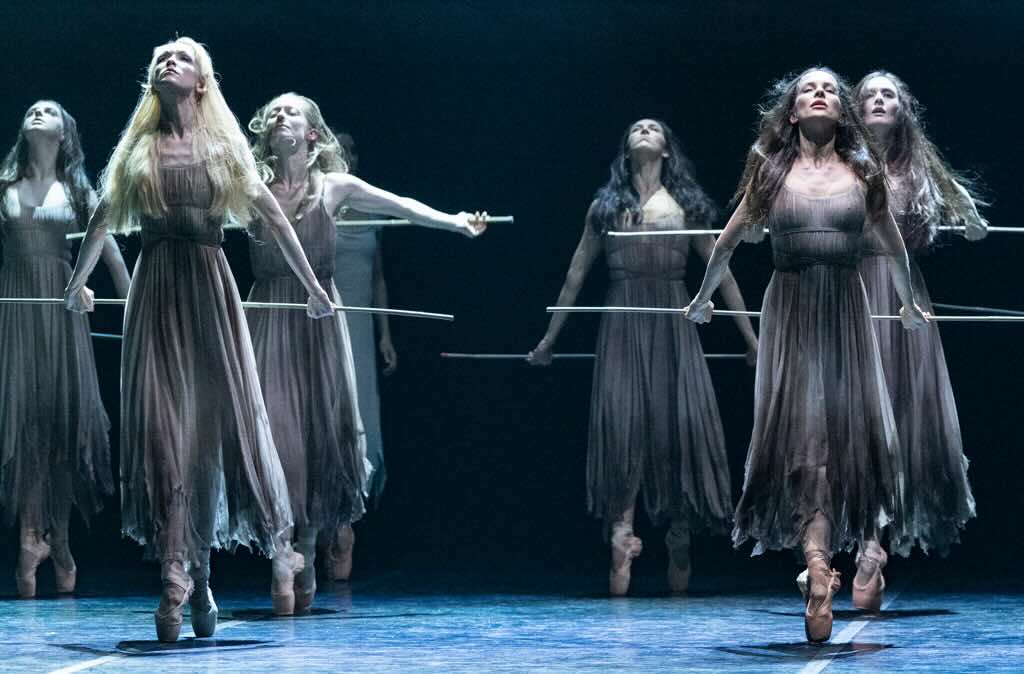
Akram Khan’s Giselle
The Illusion of Effortlessness
Here is a question: Is ballet beautiful because it appears effortless, or is it beautiful because it hides the effort beneath?
Ballet is often equated with grace, elegance, and an aesthetic perfection that is meant to seem above the audience. Dancers aim to float across the stage, and make movements that take years of training to perfect, look easy and achievable by every single audience member. Ballet’s true essence, though, lies in the connection between what the audience sees, and what the dancer feels, and not in the otherworldly movements. Every lengthened movement, exaggerated gesture, every moment of suspended beauty is born from hours of practice, tiredness, and a determined hunt for perfection. Ballet can hence be painted as a rare contrast, one which hides the fierce with the delicate, a graceful masking of vigour.
Reducing ballet to mere beauty and grace is a blatant misunderstanding. While yes, ballet does include a thirst for flawless lines and elegant steps, there is a deeper calling for endurance and vulnerability. A constant push of your body’s limits. The beauty and grace just scratches the surface. Ballet dancers are some of the strongest athletes around, and the inner fight to get to that level, and then push further to make it look effortless, is what defines ballet.
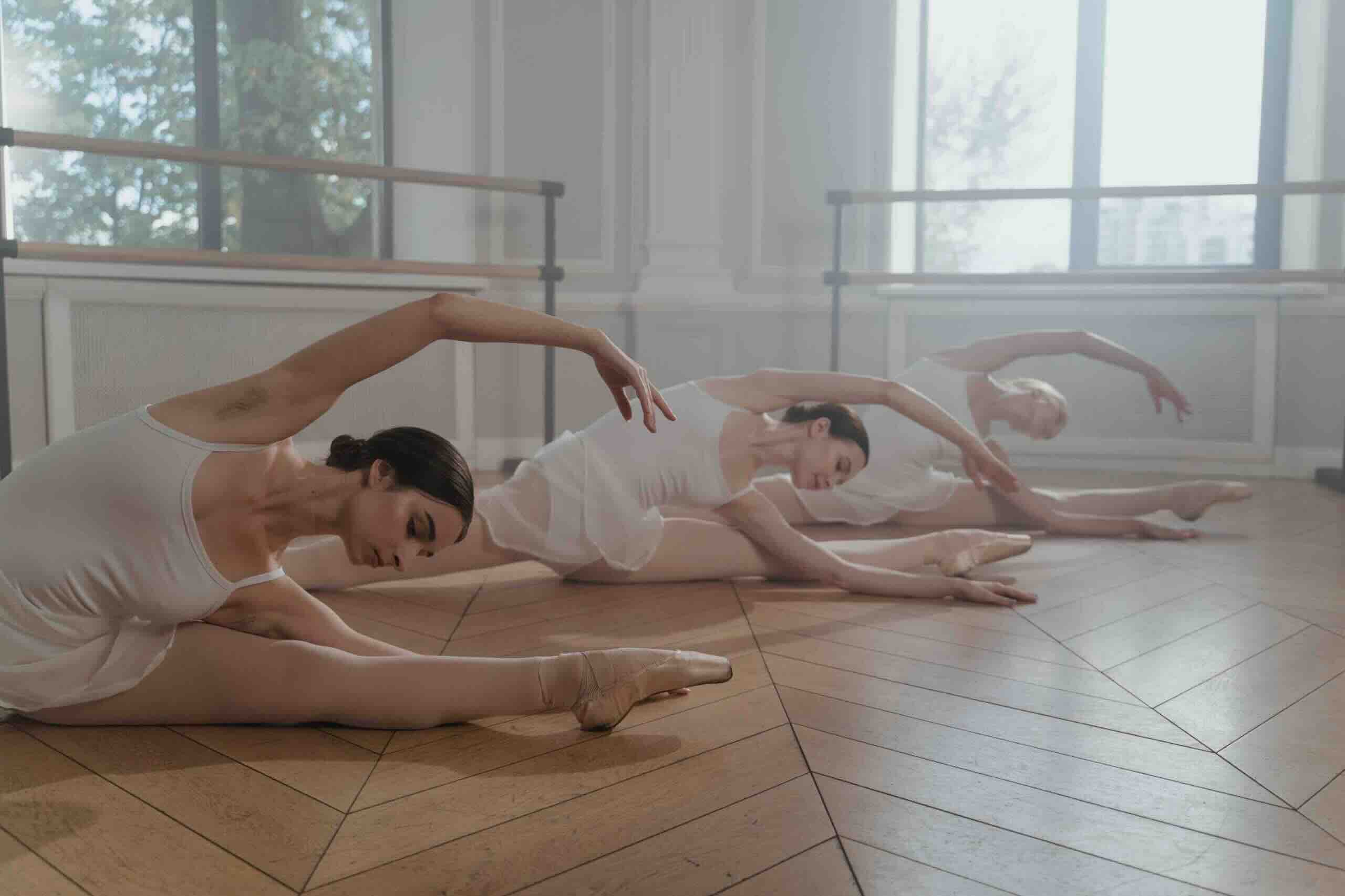
Photo: studio R
Historical Origins – Grace vs. Athleticism
Ballet is rooted from the courts of Renaissance Italy, later blossoming in France. Due to this, ballet was and still is, synonymous with control, refinement, and elegance. It is the physical manifestation of a kind of perfection to an audience – dancers moving with a fluidity that seems invulnerable to the limits of the human body. What isn’t realised, however, is the intense discipline beneath all of this, that was anything but effortless.
From its inception, ballet has demanded technical precision. This requires dancers to train their body intensely and gain complete control over the smallest muscles. The natural disposition of the body is completely altered when one trains in ballet. With its emphasis on turnout, going en pointe, and the extension of the limbs, ballet calls for utmost strength first. This means that every ballet dancer is an athlete in their own right. However, on stage, a dancer’s duty is to convey a story. This narrative calls for beauty and a delicate appearance, which overshadows the physical demands placed on a dancer’s body. Juxtaposing this intense strength with the beauty, grace, and expression required to tell a story on stage, is why anyone trained in ballet becomes well rounded in the arts. Lots of olympians, actresses, and people who specialise in other dance forms have ballet as a basis, because it trains you mentally and physically, and expects you to do it all with grace.
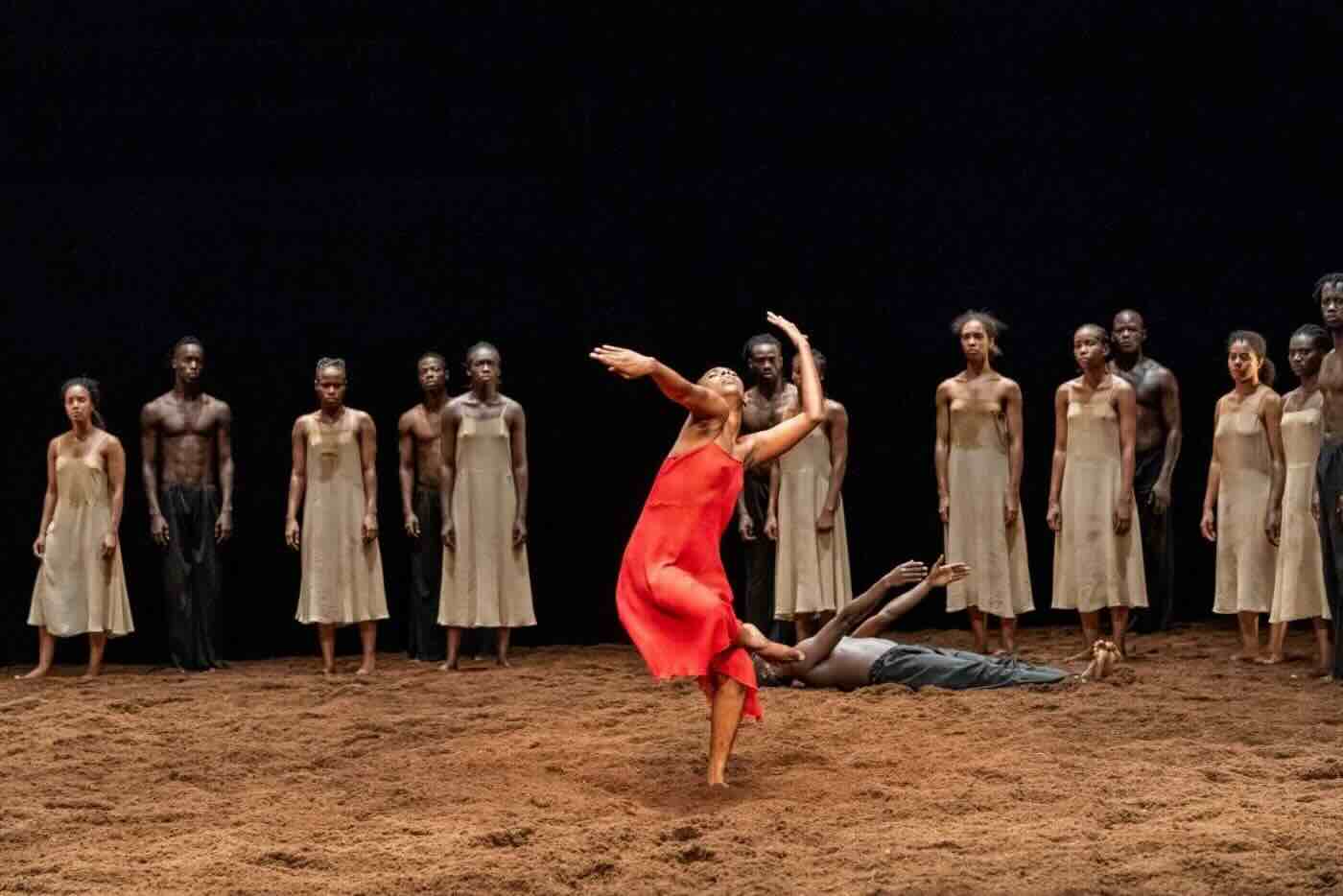
Photo: Pina Bausch, The Rite of Spring
The Strength of The Mind
Within ballet lies a very fascinating tension – between the need for grace, and the effort to maintain it. Ballet, perhaps even more than any other art form, relies on this line between control and chaos. Every leap, turn, every extension, is the result of muscles straining to their limits, of joints absorbing pressure, and the mind working hard to coordinate these movements into something that appears effortless. The audience will only see this smooth surface, the illusion of ease and perfect lines, but the dancer fights beneath the skin – they fight against gravity, fatigue, and the limits of their own body.
Grace is not the natural state of the body, it is the outcome of discipline and fight. Grace is not the goal of the dancer, but a reward for overcoming the physical and mental obstacles. The effort to look graceful is relentless, and every flawless performance is underscored by years of training, rehearsal, and endurance.
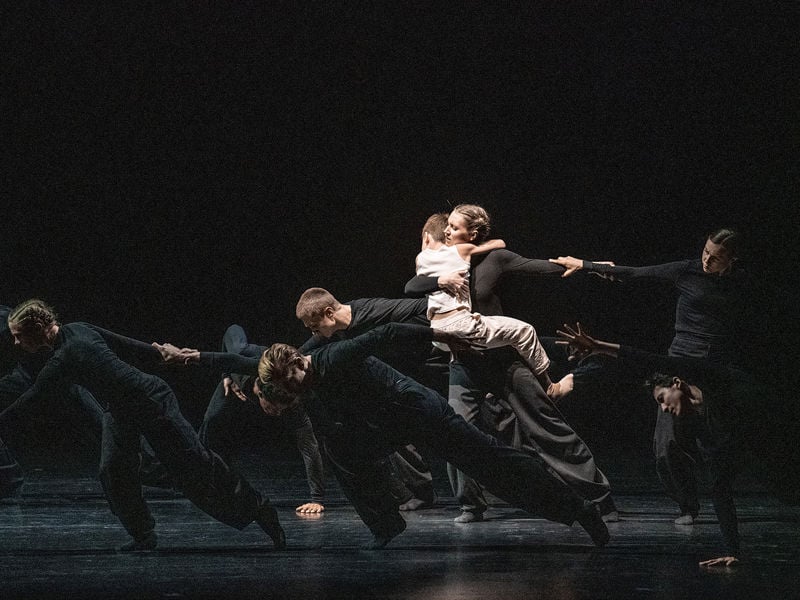
Crystal Pite’s Flight Pattern
As a dancer, one must constantly recalibrate their body and work through fatigue – the only way to push your limits is to go for ‘one more’ when your body says ‘no more’. This is built through practice and persistence. As a ballet dancer, you are trained to focus on improvement. It becomes an innate part of you, as you constantly push for more. Over time, this mentality seeps into every aspect of life. Dancers know the only way to perfect something is to throw yourself into the movement, similarly, the only way to get better at any skill is to start. This drive for refinement, and more importantly, the willingness to put in the effort to do so, extends far beyond just the studio. Ballet teaches you the importance of perfecting technique, yes, but it also fosters the mental stamina one needs to overcome setbacks and look at failures in the right spirit. It teaches you to look at a setback as a step forward, a small victory, in the long journey of success. Ballet is one way to learn one of the hardest lessons – to embrace challenges as opportunities for growth. This is something far easier said than done, but ballet teaches you that while there is strength in mastering the movement, there is greater strength in the perseverance to push beyond limits, again and again.
The mental aspect of ballet is just as crucial, if not more, than the physical demands. Maintaining focus, control, and precision, especially when the body is under the pressure of stage lights requires a lot of mental discipline. A dancer’s brain is constantly running a mile a minute to adapt movements in real-time, changing their balance, positioning, or their timing. The mind needs to learn how to multi-task – coordinating movements, being aware of the space it’s in, all while maintaining a graceful demeanour.
There must also be an unwavering focus that bypasses discomfort since dancers must be able to push through soreness, tiredness, and even injury. Dancers are naturally taught to block out any distractions and maintain a calm graceful demeanour, especially in intense situations like performances. This mental resilience becomes a necessity when you realise that dancers must stay composed under the scrutiny of audiences, instructors, and most importantly, themselves.
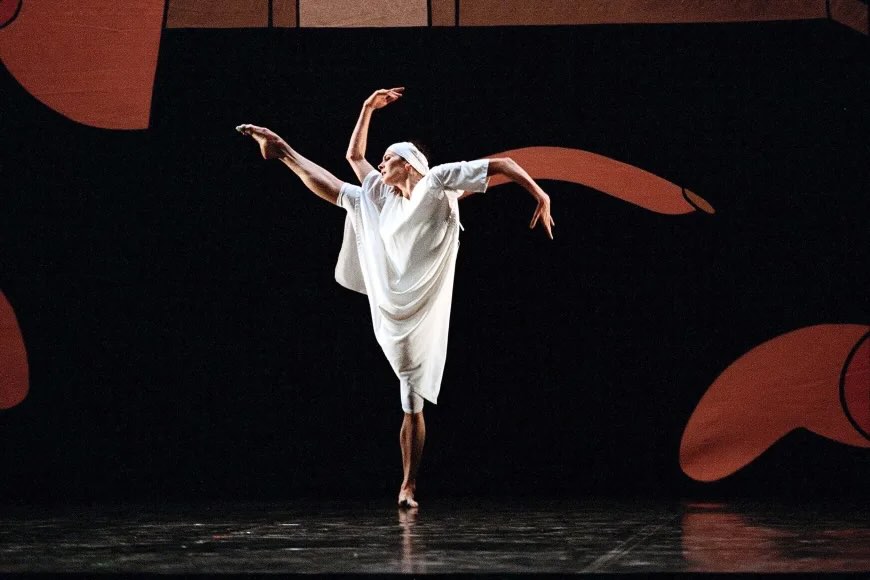
Photo: Mats Ek’s Giselle
Redefining Grace
Today, modern ballet has actively challenged conventions of perfection, fluidity, soft movements, and symmetrical lines. It proves that embodying grace is not static – it is open to interpretation, it can be stretched, and even broken. These new forms of ballet shatter conventions and push the boundaries of what we consider “beautiful”.
In contemporary ballet, unconventional choreography embraces tension and imperfection, but wraps it up in the grace of movement. For example, Pina Bausch’s reimagining of Stravinsky’s ‘The Rite of Spring’ is an example of ballet breaking away from “classical grace”. Choreography is raw and visceral, focusing on human emotion rather than a refined elegance. There is an atmosphere of chaos, which challenges the audience’s expectation of grace.
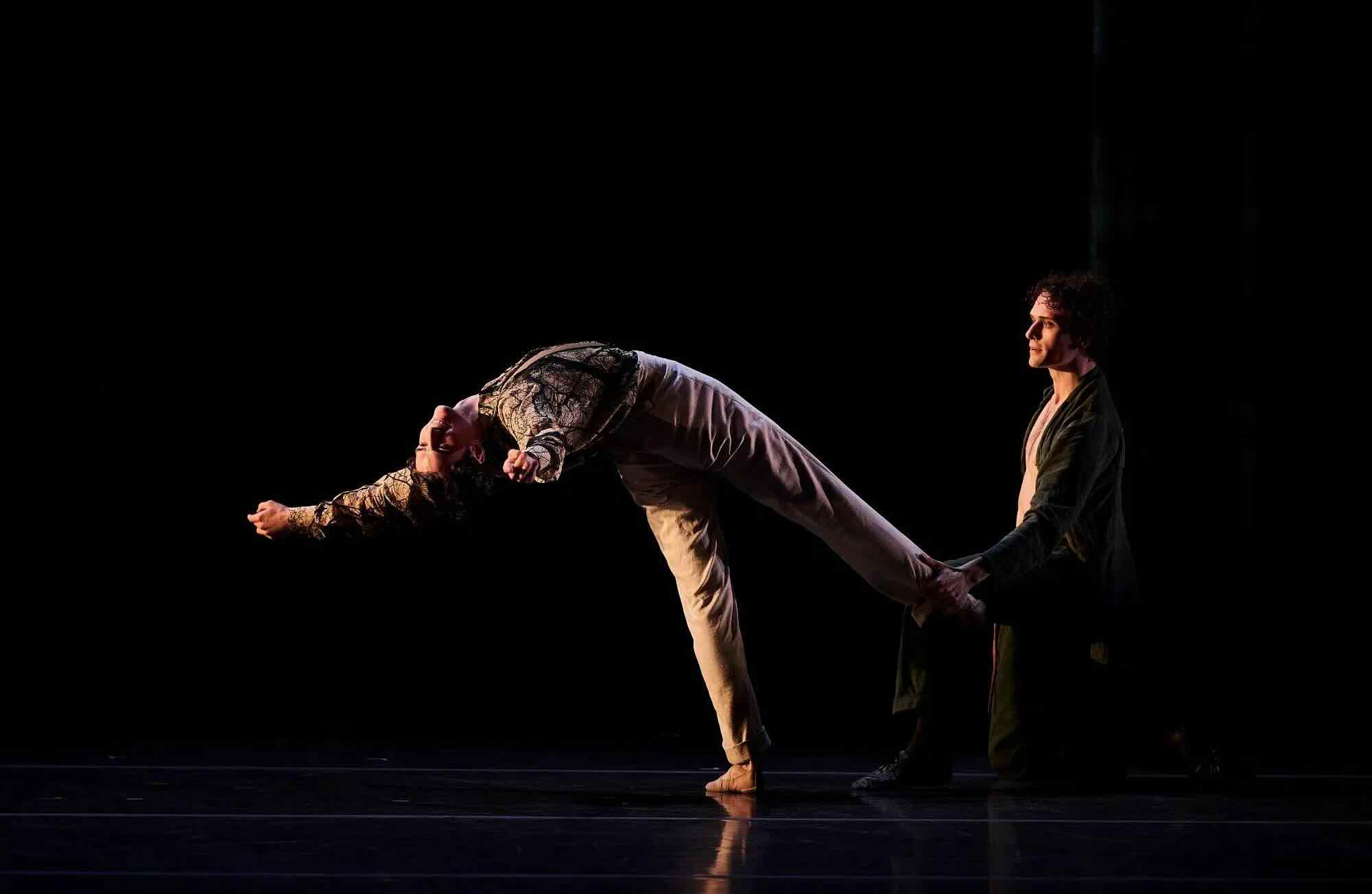
Christopher Wheeldon’s Oscar
Mats Ek’s interpretation of Giselle is also an example of ballet pushing beyond the traditional connotation of grace. Giselle is portrayed as mentally unstable, and the movements are jerky and exaggerated, embracing vulnerability and showing that grace can emerge from imperfection and human experience. Such performances subvert the idea of ballet only being about looking “pretty” and invite the audience to confront harshness and imperfection. Modern ballet aims to ask: “Why must grace only exist within pre-defined lines of tradition?”
Ballet has always aimed to be an expression of narratives, and being ever-evolving, today it asks whether such a pursuit of grace can sometimes hinder meaningful expression.
Appreciating The Invisible Effort
All this being said, it is clear that the beauty the audience sees on stage is just a small part of an intricate, often painful process of endurance, self-discovery, and ultimately, of expression. The grace we admire is the byproduct of the hard work of dancers who constantly push themselves above and beyond, embracing their own complexities as they overcome obstacles.
We encourage you to look at and appreciate ballet, not just for the surface beauty, but for the hard work and depth that goes into it. Every performance has a wealth of unseen effort behind it. The physical and mental labour that goes into making movement into something as transcendent as ballet is not to be ignored.
So, I leave you with this question – is ballet beautiful because of what it shows, or because of what it hides? Ballet serves as a reminder that there is always more than meets the eye, that the true power lies in between endeavour and grace, in between vigour and beauty, and in the effort the dancer conceals to make each performance look effortless.

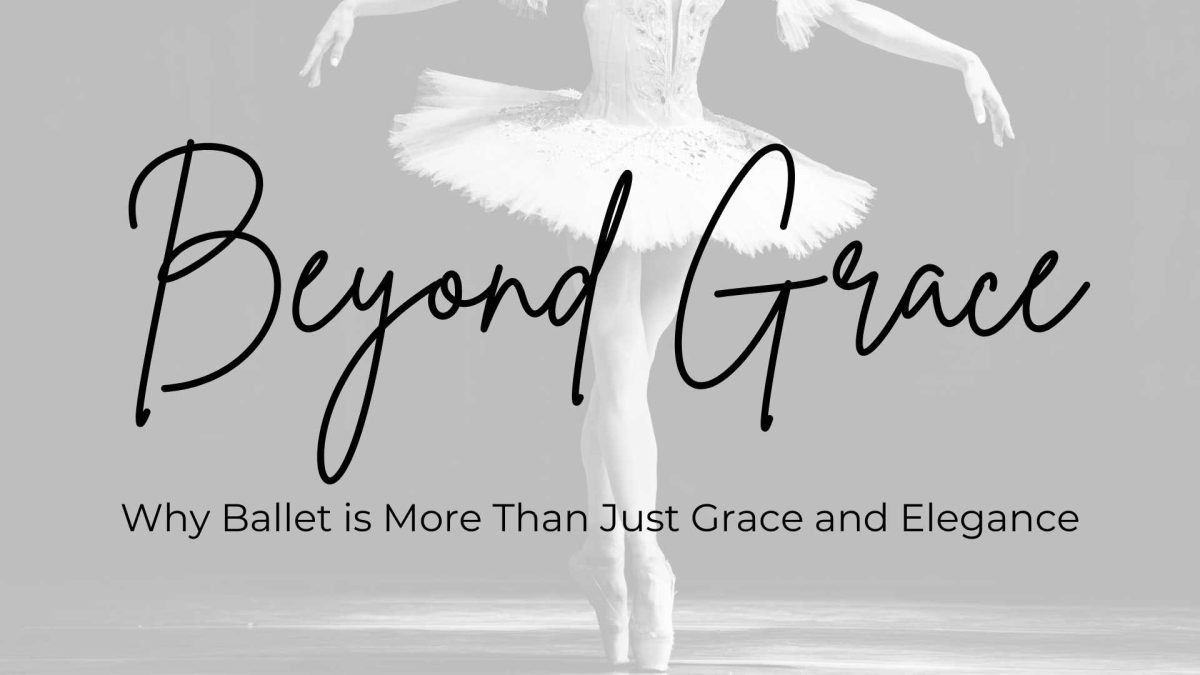
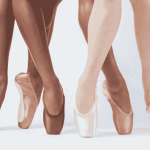





Leave a Reply